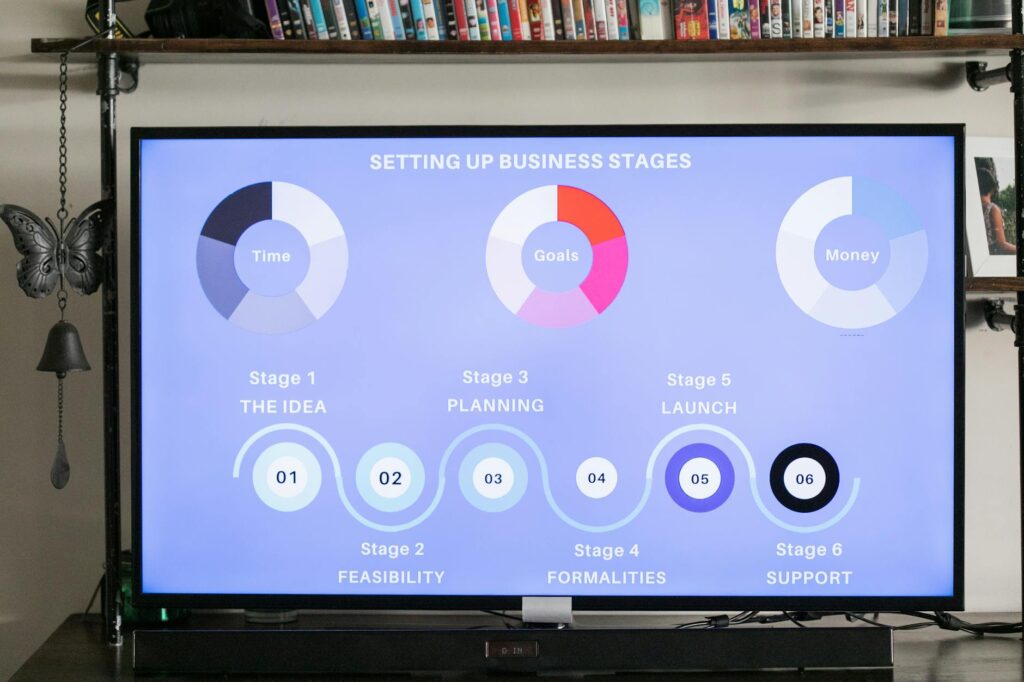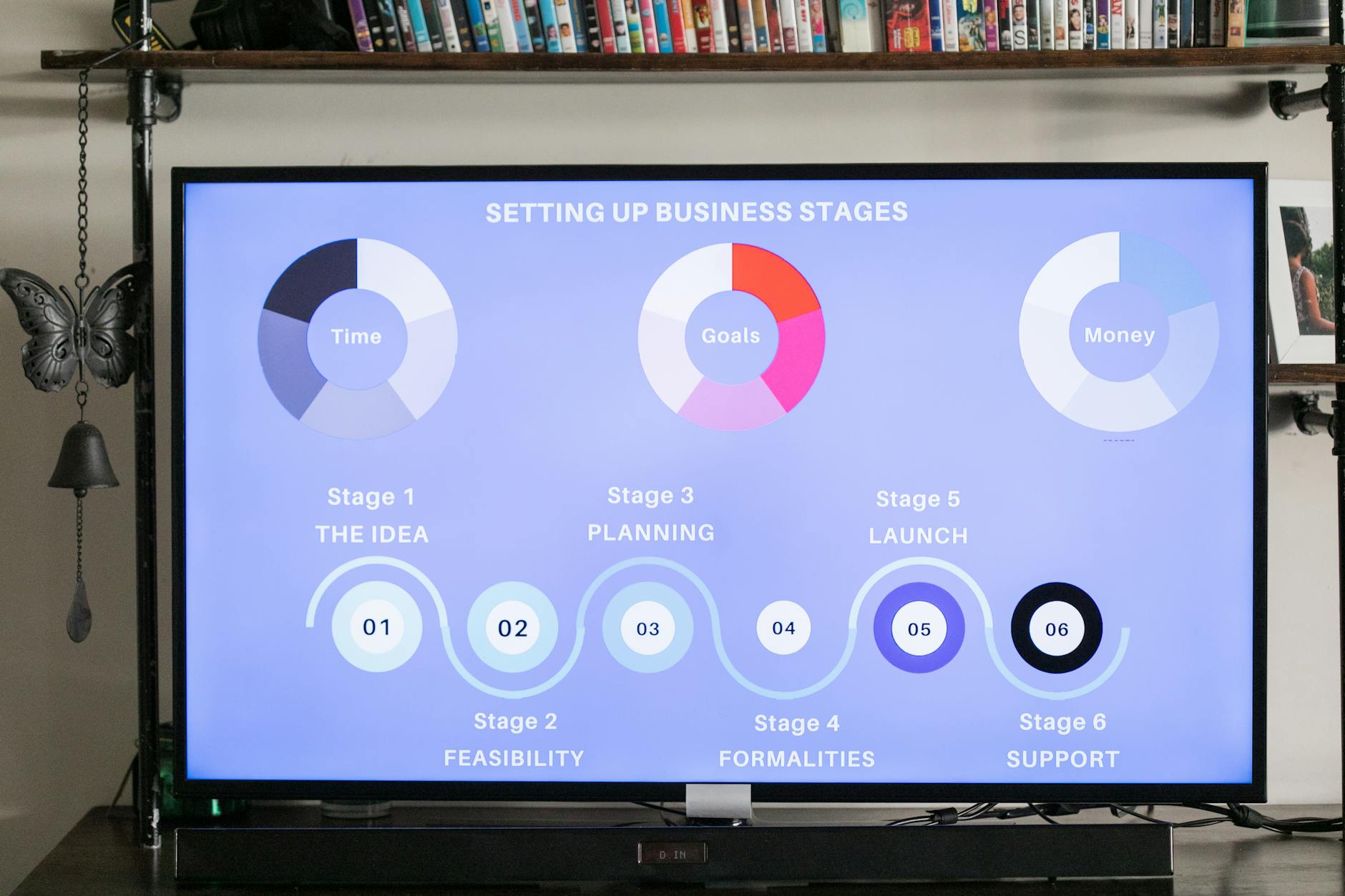What is time management analytics?

What is time management analytics?
In today’s fast-paced world, managing time effectively is crucial. We often find ourselves juggling responsibilities, rushing from one task to another, and wishing for more hours in the day. Enter time management analytics – a powerful tool designed to help individuals and organizations optimize their time usage and boost overall productivity.
Time management analytics involves the systematic analysis of how time is spent. By leveraging data and metrics, it provides insights that can transform the way we approach our daily tasks. This concept is particularly relevant for professionals who juggle multiple projects or students managing coursework alongside extracurricular activities.
Understanding Time Management Analytics
What is Time Management Analytics?
At its core, time management analytics is the process of collecting, analyzing, and interpreting data related to time usage. This can include tracking hours spent on specific tasks, identifying peak productivity times, and evaluating the effectiveness of various time management strategies. Understanding where your time goes is the first step toward making meaningful improvements.
Why does this matter? Because knowledge is power. When you can pinpoint where your time is being invested, you can take action to ensure it aligns with your goals. For example, if you’re spending several hours on meetings that yield little benefit, you might consider cutting back or finding more efficient ways to communicate.
Key Components of Time Management Analytics
Time management analytics encompasses a variety of key features that enhance its effectiveness:
-
Time Tracking: This is the foundation of any analytics approach. It involves recording how much time is spent on various tasks and activities. Tools like Time Analytics can simplify this process, offering intuitive ways to log hours.
-
Data Visualization: Analytics tools often include dashboards that present time usage data visually, making it easier to identify patterns and trends.
-
Goal Setting and Tracking: Effective time management analytics tools allow users to set specific goals and measure progress over time, ensuring accountability.
-
Reporting: Regular reports provide insights into your time management strategies, helping you understand what’s working and what needs adjustment.
-
Integration: Many time management tools can integrate with other productivity software, allowing for seamless updates and data sharing.
Benefits of Time Management Analytics
By utilizing time management analytics, individuals and teams can experience a range of benefits that enhance productivity and efficiency.
Enhancing Productivity
One of the most significant advantages is the boost in productivity. When you can see where your time goes, you learn to focus on high-impact activities. For instance, if the analytics show that certain tasks yield better results, you can prioritize them. This strategic approach enables you to work smarter, not harder.
Identifying Time Wasters
Have you ever wondered where your time goes? Analytics can uncover activities that waste time – from excessive meetings to distractions like social media. Once you identify these culprits, you can take steps to minimize or eliminate them. This not only saves time but also increases the quality of your work.
Improving Work-Life Balance
Time management analytics can also play a crucial role in achieving a healthier work-life balance. By analyzing how you allocate time between professional and personal commitments, you can make informed decisions about where to adjust. For instance, if work is encroaching on personal time, you might set stricter boundaries or modify your schedule. This promotes not only productivity but overall well-being.

Photo by RDNE Stock project
Implementing Time Management Analytics Tools
Integrating time management analytics into your routine can seem daunting, but the process is quite manageable with the right approach.
Choosing the Right Tools
With numerous tools available, selecting the right one is essential. Popular options include Clockify, which offers robust tracking features, and Timeular, known for its user-friendly interface. When choosing a tool, consider factors like ease of use, integration capabilities, and the specific analytics features you need.
Setting Up and Tracking Progress
Once you’ve selected a tool, begin by setting it up according to your specific needs. Input tasks and projects, and establish how you want to track your time. Most tools will allow you to customize settings to fit your workflow.
After setup, consistency is key. Regularly track your time and review analytics reports. This ongoing assessment will help you stay committed to improving your time management skills. It’s like having a personal coach guiding you toward better habits.
Conclusion: The Future of Time Management Analytics
Time management analytics represents a significant opportunity for anyone looking to improve their productivity and overall effectiveness. By understanding how you spend your time and identifying strategies for improvement, you’re setting yourself up for success. Whether you’re a busy professional, a student, or even managing a household, leveraging analytics can help you regain control of your schedule.
As we move further into an increasingly demanding world, tools that offer clarity and insight into our time usage will become even more valuable. Embrace the possibilities that time management analytics offers, and watch as you transform not just your productivity, but your entire approach to time.